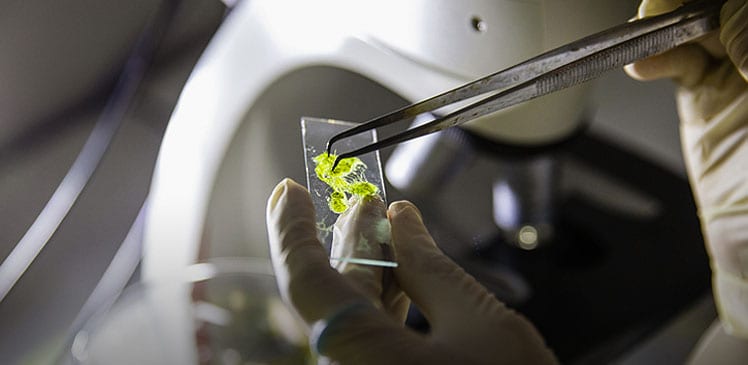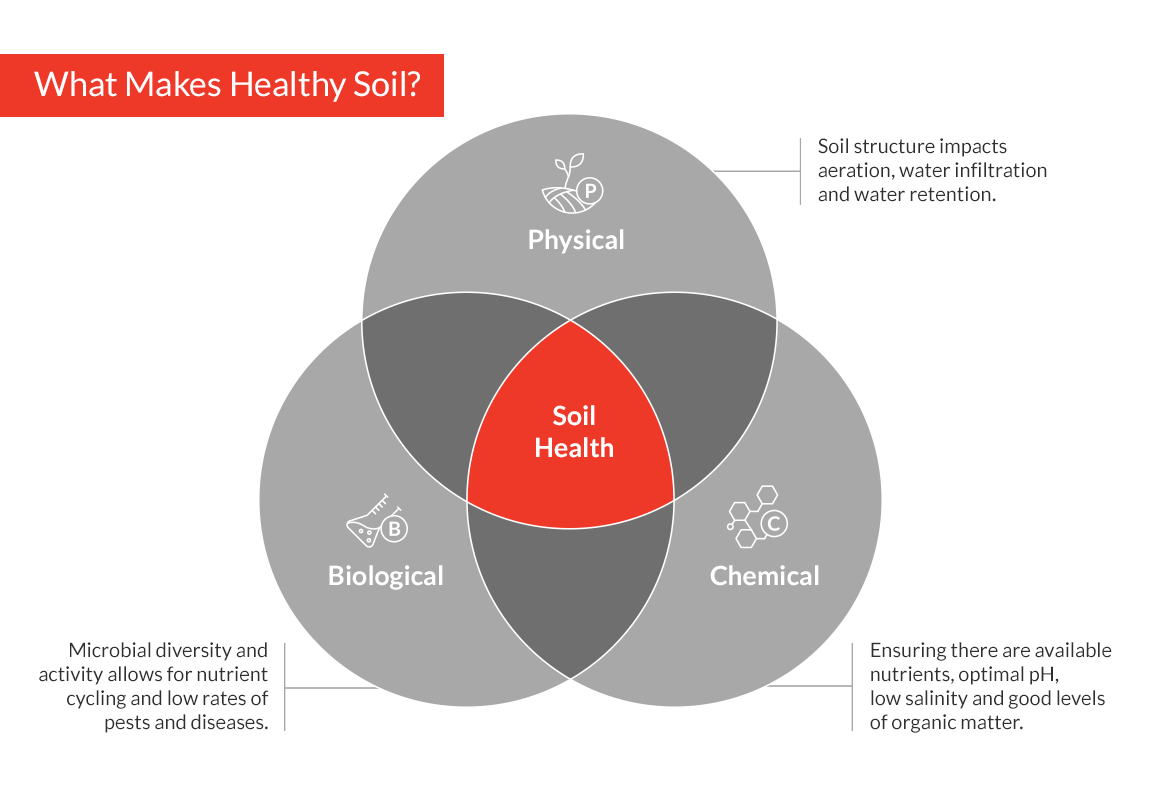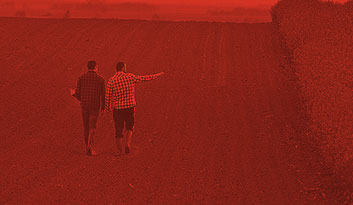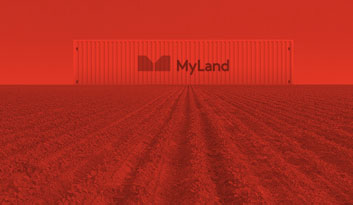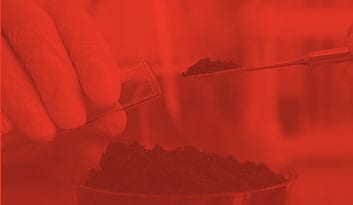Why microalgae
It's present in
all farm soil
It's pure
organic matter
It's the fastest
growing vegetable
It's an essential food
source for soil microbes
It's a building block
for healthy soil
It enhances
soil properties
MyLand’s delivery of microalgae rapidly improves the physical, chemical, and biological soil traits, generating significantly healthier soil.
The Science
Why healthy soil?
Healthy soil is at the very foundation of your farm's success. It nurtures strong, resilient crops that deliver consistent, high-quality yields. With good soil, water is absorbed and retained efficiently, nutrients are readily available to plants, and natural defenses are strengthened against the many challenges faced by our crops.
Investing in soil health means investing in the long-term productivity and resilience of your land.

Scalable, rapid impact on soil health.
Good soil tilth:
Soil tilth is a physical condition of soil, especially in relation to its suitability for planting or growing a crop. Factors that determine tilth include the formation and stability of aggregated soil particles, moisture content, degree of aeration, soil biota, rate of water infiltration and drainage.
Sufficient depth:
Sufficient depth refers to the extent of the soil profile to which roots are able to grow and function. A soil with a shallow depth as a result of a compaction layer or past erosion is more susceptible to extreme fluctuations in the weather, thus predisposing the crop to drought or flooding stress.
Good soil drainage & porosity:
Soil porosity refers to the pores within the soil and it influences the movement of air and water. Soil microbes require oxygen and water for their respiration and when soil is compacted respiration slows down and decomposition of soil organic matter slows. Healthy soils have many pores between and within the aggregates.
The MyLand impact on physical traits of soil:
Sufficient supply of nutrients:
An adequate and accessible supply of nutrients is necessary for optimal plant growth and for maintaining balanced cycling of nutrients within the system. Excess nutrients can lead to leaching and potential ground water pollution, high nutrient run-off and green-house gas losses, as well as toxicity to plants and microbial communities.
Chemical & toxin free:
Healthy soils are either devoid of harmful chemicals and toxins or can detoxify and/or bind such chemicals making them unavailable for plant uptake due to their richness in stable organic matter and diverse microbial communities.
The MyLand impact on chemical traits of soil:
Diverse microrganism population:
Soil microbes are important to the functioning of the soil. They help nutrient cycling, decomposition of organic matter, maintenance of soil structure, biological suppression of plant pests, etc. A healthy soil will have a high and diverse population of beneficial organisms to carry out these functions and thus help maintain a health soil status.
High levels of organic matter:
Organic matters improve many physical, chemical, and biological characteristics of soil, including water holding capacity, cation exchange capacity, pH buffering capacity, and chelating of micronutrients. Well-decomposed organic matter improves soil structure by increasing aggregation, enhancing biological activities in the soil.
The MyLand impact on biological traits of soil:
White paper
Live Native Microalgae Enhances Soil Health
A technical in-depth perspective of the agricultural uses of microalgae and the benefits to both soil health and a variety of crops.
FAQs
Microalgae are a soil microbe rich in both micro and macro nutrients that provide amino acids, polysaccharides, hormones, and other elements that are essential to soil and plant health. Importantly, microalgae do not consume other living microbes; they act as a principal food source for all other microbes. The presence of large quantities of microalgae cells stimulates the growth and health of the soil’s entire microbiome and provides an environmental foundation for healthy and abundant crops. The MyLand Service ensures the delivery of healthy, living microalgae cells that are native to the soil into which they are infused – and in quantities that have a major and sustainable impact on soil productivity.
